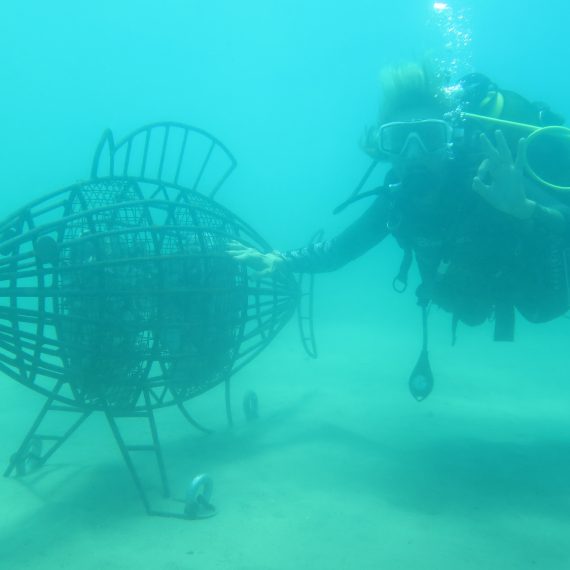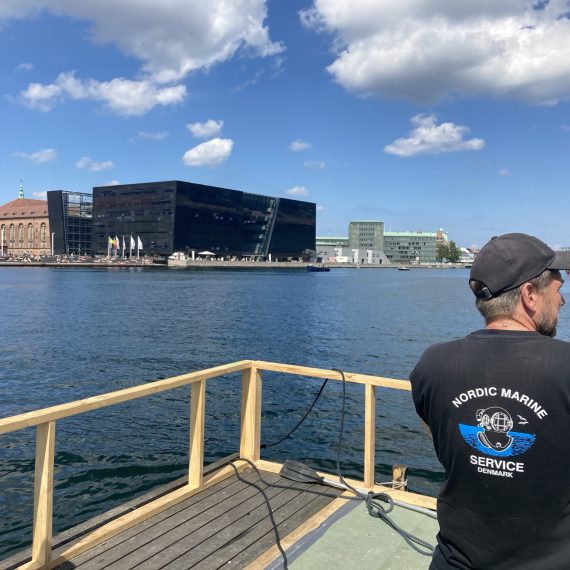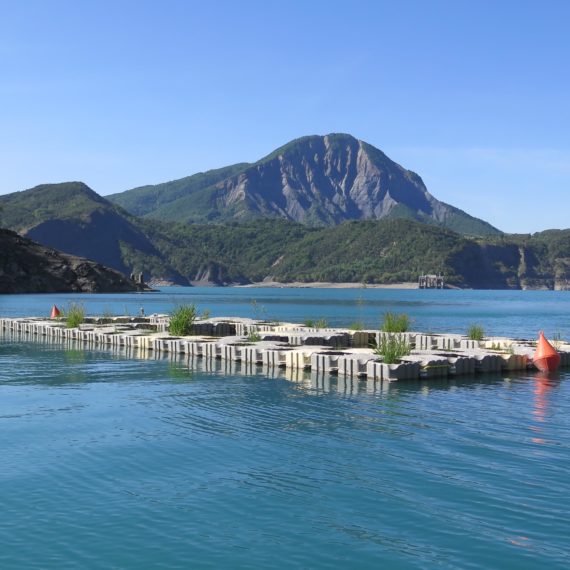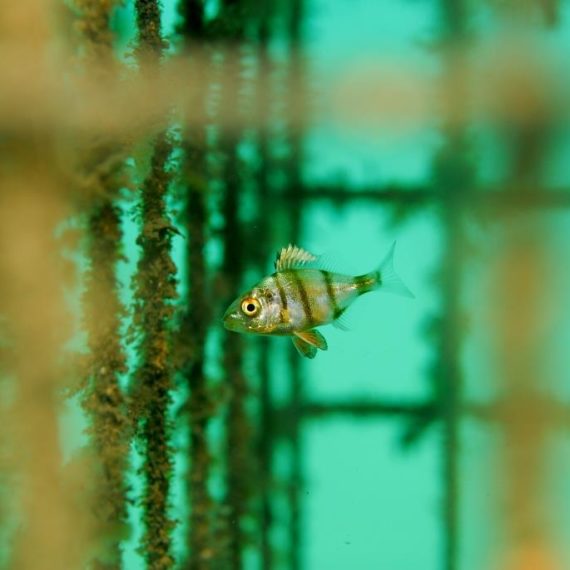ZOE
CARE Guadeloupe © Amelia Chatagnon

CARE Guadeloupe © Amelia Chatagnon

CARE Guadeloupe © Amelia Chatagnon

Remy-DUBAS-PCC-Guadeloupe-14
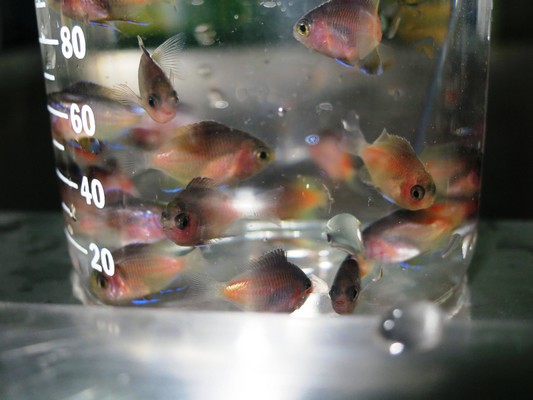
Larve langouste © Remy Dubas
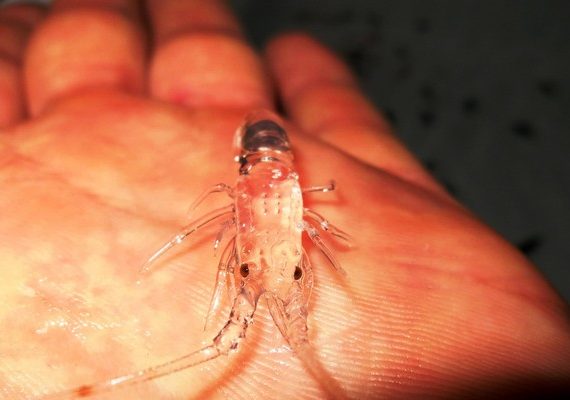
Context
Guadeloupe is a French island in the Caribbean Sea that is considered a “hotspot” of biodiversity and attracts each year millions of tourists. But environmental pressures caused by tourism and economic development in various Caribbean islands disturb the functioning of ecosystems and endanger this precious heritage. To address these threats, a team of technicians and marine biologists in collaboration with the Aquarium of Guadeloupe called “IGREC MER” work to preserve and restore marine ecosystems in Guadeloupe. Besides their actions on coral reefs and seagrass transplants, IGREC began a CPC program (Post-larval capture and Culture), called ZOE, together with ECOCEAN.
Interests & objectives
The project objective is a feasibility study to account for the ecological, economic and social potential of the PCC technique in Guadeloupe. The project is also linked to the expansion of the port of Guadeloupe that seeks ecological engineering solutions to offset or limit the impact of its activities and future projects on the marine environment.
Concrete actions
As in most PCC projects, local fishermen are directly involved in the project by conducting themselves the post-larvae fish capture, using the light trap CARE® developed by Ecocean. Five of these devices are deployed in two main sites (Bouillantes & Passe à Colas). Once the PL captured, the IGREC team takes care of the identification of the collected species and begins rearing larvae at the Aquarium. After three to five months of enlargement, juveniles are then released to their natural habitats. These fish, released at the size known as “refuge size”, have a much greater chance of survival than at the initial post-larval stage. Some of the released individuals can be pre-tagged to allow monitoring and evaluating their survival rates and movement.
Results and deliverables
The ZOE project has settled the potential of the PCC technique in the Caribbean by presenting surprising catch rates, both in terms of diversity of species (37 families, 59 species) and abundance. On average, more than 200 PL were captured by night and CARE for a total of about 24000 juveniles in 2 years. The aquarium has benefited from the project by educating visitors about the importance of preserving marine biodiversity and explain its initiatives such as the ZOE project to restore coastal marine ecosystems on which local people depend.
Téléchargement
The project objective is a feasibility study to account for the ecological, economic and social potential of the PCC technique in Guadeloupe. The project is also linked to the expansion of the port of Guadeloupe that seeks ecological engineering solutions to offset or limit the impact of its activities and future projects on the marine environment.
As in most PCC projects, local fishermen are directly involved in the project by conducting themselves the post-larvae fish capture, using the light trap CARE® developed by Ecocean.
The ZOE project has settled the potential of the PCC technique in the Caribbean by presenting surprising catch rates, both in terms of diversity of species (37 families, 59 species) and abundance. On average, more than 200 PL were captured by night and CARE for a total of about 24000 juveniles in 2 years. The aquarium has benefited from the project by educating visitors about the importance of preserving marine biodiversity and explain its initiatives such as the ZOE project to restore coastal marine ecosystems on which local people depend.

